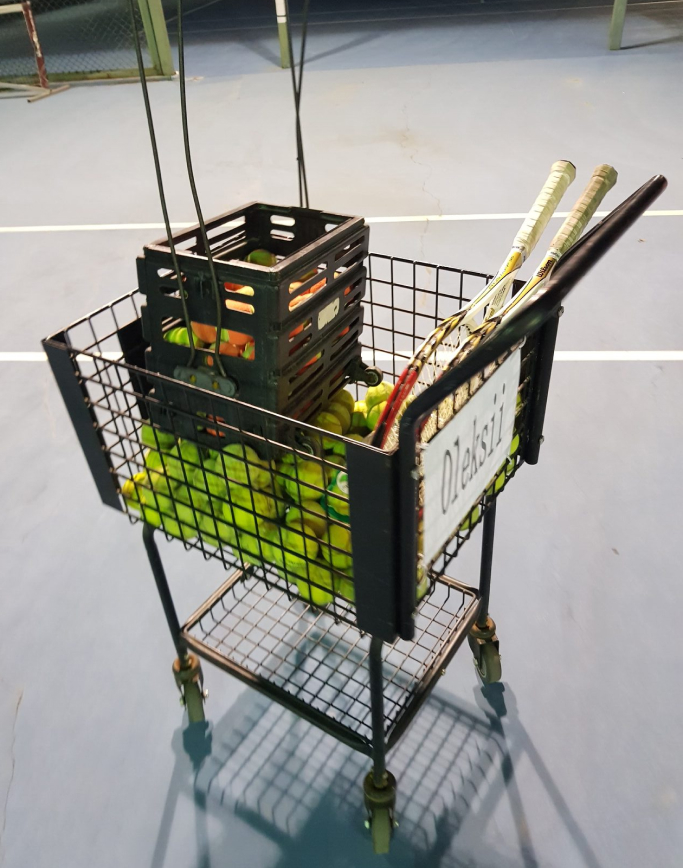Oleksii, what are your latest achievements in sports science?
Having gained experience at the Research Institute of Athletes’ Reserve Capabilities, since February 2017 I have been collaborating with the Olympic fencing team, during this time we have won gold at the World Cup stage and gold at the World Cup. The main thing is not even this, but the fact that we returned the former condition of the athlete who won gold.
What were your functions?
I did general physical training based on numbers. The fact is that behind each physical quality there are dozens and hundreds of numbers that must be controlled.
That is, you wrote a training plan based on the numbers?
Yes, this is the essence of sports science.
So the load for each athlete is selected individually?
Oh sure. Subjectively, it is difficult to say what a particular athlete needs, what quality he needs to improve, or how the improvement of another quality will affect achievements in sports results. Therefore, the load is given individually, and not all the same. For a group of athletes, the same load acts differently. And my task was to walk a fine line in order to constantly increase the adaptive mechanisms of the athlete’s body and not go into overstrain. And of course, to perform a positive transfer of physical qualities to specialization.
What needs to be done to reach the stage of higher sportsmanship?
To do this, you first need to conduct load tests, get numbers on how the athlete’s body reacts to the load. Then they need to be interpreted, then a preparation plan should be written with specific dates and new numbers. And then repeat again at the same time, evaluating the result and drawing conclusions.

Well, do you have merit in tennis?
I played tennis from 6 to 12 years old. After a break, I picked up the racket again at the age of 19, but my level was amateur. And in 2011 he completed the Master of Sports, won the Cup of Ukraine in pairs. So not very big merit compared to the elite.
And what about the merit of the students?
If we are talking about significant results, and not about the winners of the Ukrainian championship, then I did not have any victories for my students at the Grand Slam tournaments. Well, there are not so many such coaches in Ukraine. In principle, I understood the huge difference between tennis players who play tennis and who win. But I had to not only understand this, but also learn how to manage this process. Many of my “famous” colleagues take athletes out by overstraining their adaptive mechanisms to national tournaments. At the same time, reserve capabilities are used. And it turns out such a “fork” that the player seems to be able to do everything, but he wins only low-level tournaments and does not get close to high-class tournaments. But that’s a completely different story.
How does physical training affect a tennis player?
The tactical possibilities of a tennis player are always limited by his physical training, and the improvement of physical qualities expands these possibilities. They say correctly: what is the physical fitness of an athlete – such is his tactics (Belits-Geiman).
You are talking about sports training methods, but are they the same for fencers and tennis players?
In fact, knowing the laws of sports physiology, you can work with any person from any sport. Knowing only the specifics of the sport. To do this, you need a specialist, preferably this particular sport.
How can you influence the result of sports activities?
Each element that you want to influence must be translated into numbers and work with them. As a result, you get natural efficiency, cost-effectiveness of activities. This applies to both physical and technical training.